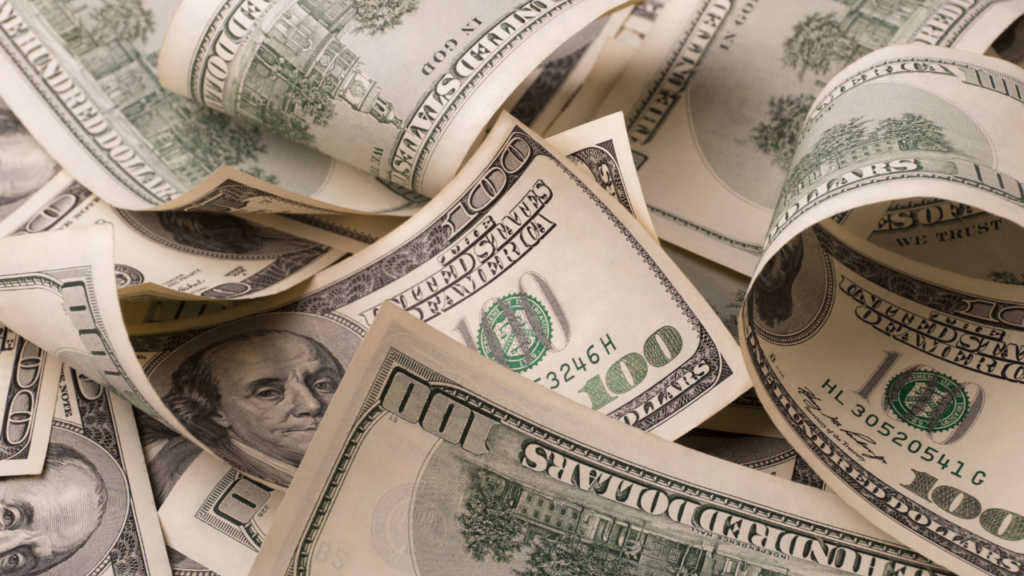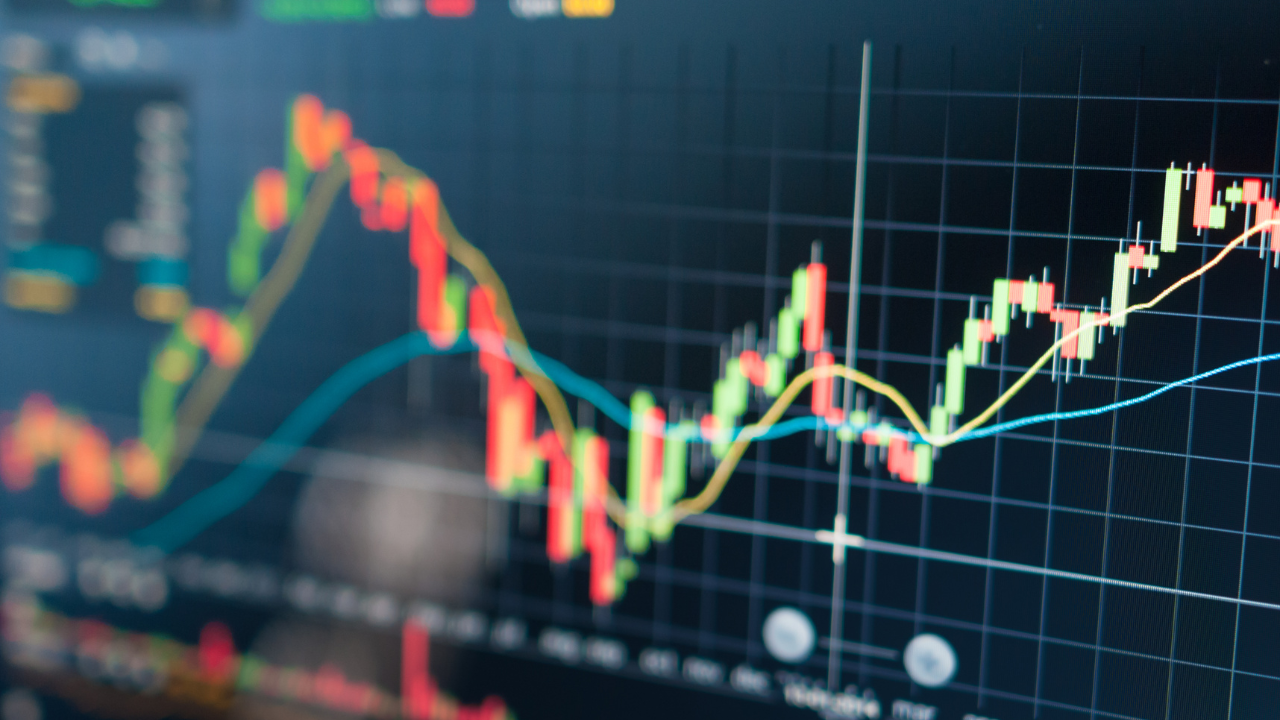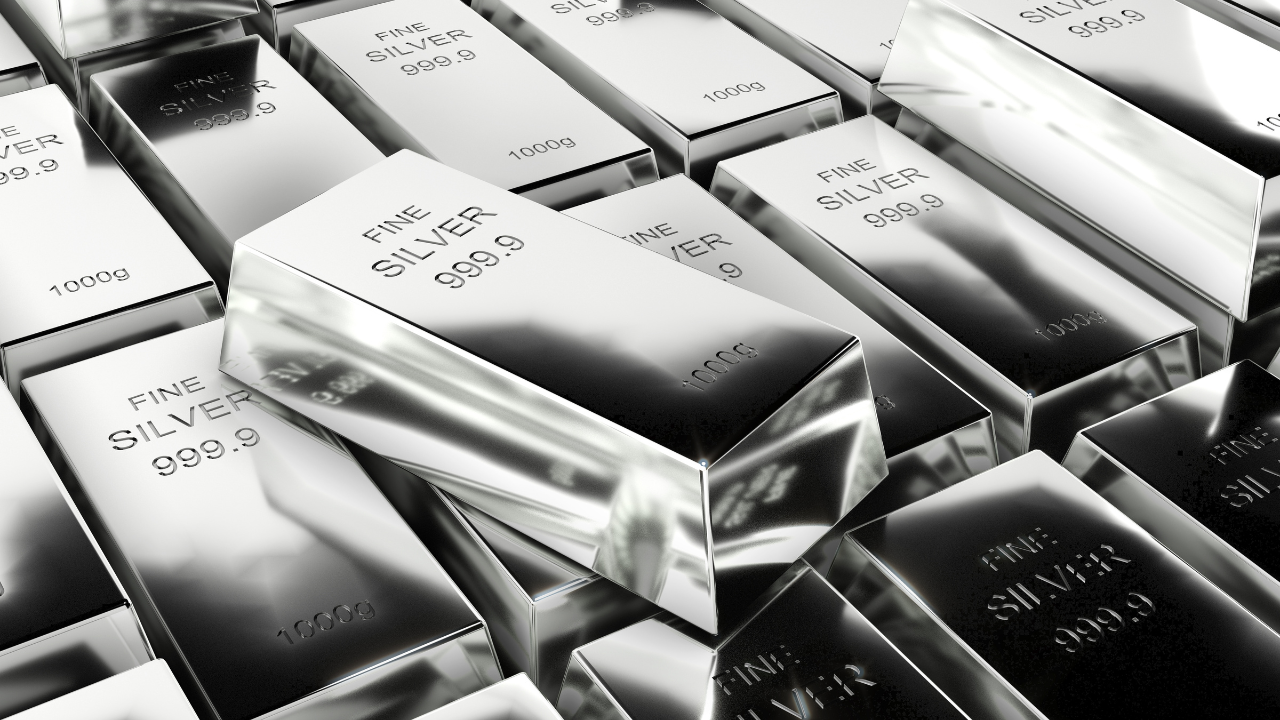
📢 About This Summary
This article is a summary based on Mike Maloney’s recent YouTube discussion “I Was Wrong About How Much Cash Could Come Chasing Silver & Gold”, edited and annotated by Time Health Capital. Our team routinely watches, distills, and reacts to leading content to bring you readable insights and conversation starters.
“By the time everyone realizes they need gold and silver, it will already be too late.” — Mike Maloney
🏦 The Liquidity Overhang
According to Maloney, both the U.S. and the world are sitting on unprecedented levels of cash. The global M2 supply is at record highs, and U.S. money-market funds hold trillions. This creates a “powder keg” effect: once confidence shifts, enormous amounts of liquidity can flood into a tiny market.

⚠️ Crisis Dynamics: When Flows Spike Into Metals
During crises, asset holders tend to panic-sell risky investments and seek safety. In 2008 and 2020, we saw similar rotations into treasuries and gold ETFs. Maloney argues that the next crisis could be different: central banks may have less room to cut rates, pushing investors toward physical gold and silver instead of paper substitutes.
🥇 Gold’s Tiny Slice of Global Assets
Gold currently represents less than 0.5% of global financial assets, down from over 8% in 1980. If investors merely return to historical allocations, the price impact would be dramatic.
- At 1% allocation, gold demand doubles overnight.
- At 3% allocation, demand quadruples.
- Silver, with a much smaller market, would move even faster.
🥈 Silver’s “Unobtainium” Factor
Unlike gold, silver has significant industrial use — from solar panels to electronics. Maloney warns that the convergence of industrial and monetary demand could make silver “unobtainium” in the next bull market. The current inventories on exchanges are already at multi-decade lows.

🔄 Potential Asset Rotation
Where could the inflows come from? Maloney highlights several large pools of capital that might shift into precious metals:
- Cash parked in money market funds
- Bond investors facing negative real yields
- Equity holders worried about valuation bubbles
- Real estate investors hedging against inflation
The combined effect could dwarf previous bull runs in both gold and silver.
💬 Dr. Ozoude’s Commentary
❓ Questions & Implications for Our Readers
- How should physicians think about balancing income-producing real assets (real estate, private equity, etc.) with non-yielding but wealth-preserving metals?
- What allocation size is enough to matter in the face of liquidity shocks, without overcommitting to a non-yielding asset?
- Should physicians prioritize physical ownership to eliminate counterparty risk, or are ETFs/mining equities a sufficient proxy in practice?
💡 Ready to explore alternative asset strategies? Talk directly with Dr. Ozoude at Time Health Capital.
Schedule a Call with Dr. Ozoude© All original content, trademarks, and media referenced herein belong to their respective creators. This article is a third-party summary created by Time Health Capital for educational and informational purposes only. It does not constitute investment advice. Please do your own research before making any financial decisions.

Great piece. The idea that “by the time everyone realizes they need gold and silver, it will already be too late” really sticks with me. As a physician–investor, I think this matters in a unique way for our community. Many physicians focus on traditional asset classes like equities, bonds, or real estate, but during periods when liquidity surges and cash floods the system, those assets may not preserve purchasing power in real terms. Precious metals — particularly physical gold and silver — stand apart as real assets that can act as insurance, protecting wealth through inflationary or currency-debasement cycles. They may not yield, but they preserve. For physicians, who often trade time for income in demanding careers, building allocations into metals ensures that a portion of hard-earned capital holds value regardless of monetary policy swings.